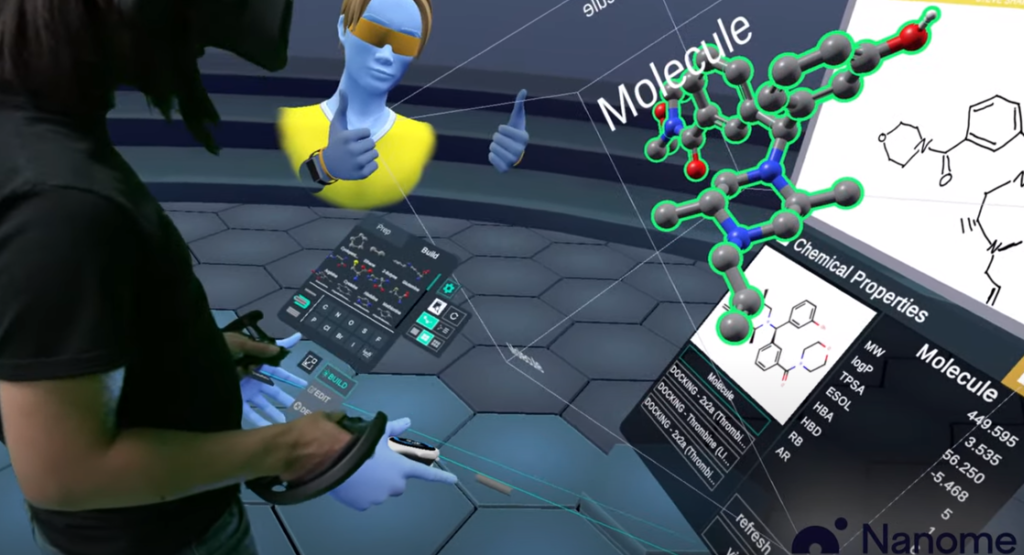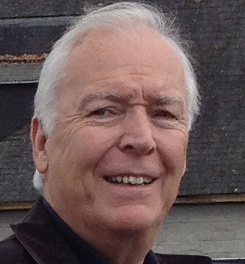with Dane Lancaster of XRMarin and the Marin County Office of Education
Wednesday, September 28, 2022; 7:30-8:30 pm; Terra Linda HS Innovation Hub

What is the Science MetaVerse? The new paradigm for STEM education…. Learning in 3D through movement, experience, and discovery. Check out how high school and college students around the world are using Virtual and Augmented Reality to enhance STEM learning. You will get to demo some advanced educational VR content in Math, Chemistry and Biology.

Dane Lancaster is the Director of XRMarin, a program of the Marin County Office of Education. Dane’s current efforts are directed towards the application of XR ML and AI for learning, data visualization, design, and collaboration in education and the enterprise. XRMarin is a regional training center for students, educators and the community interested in immersive education and innovation in Virtual Reality and Augmented Reality. XRMarin offers a variety of student academies, classes, art programs and community workshops that advance the application of these emerging technologies that are certain to impact the way we learn, work, and play. In his previous role as Marin County Office of Education CTO he was responsible technology and information systems supporting Marin County school districts. He has BS in Chemistry from the University of Akron. Earlier in his career he founded the Biofeedback Institute of Marin and taught psychology and computer science at the College of Marin.

Links:



